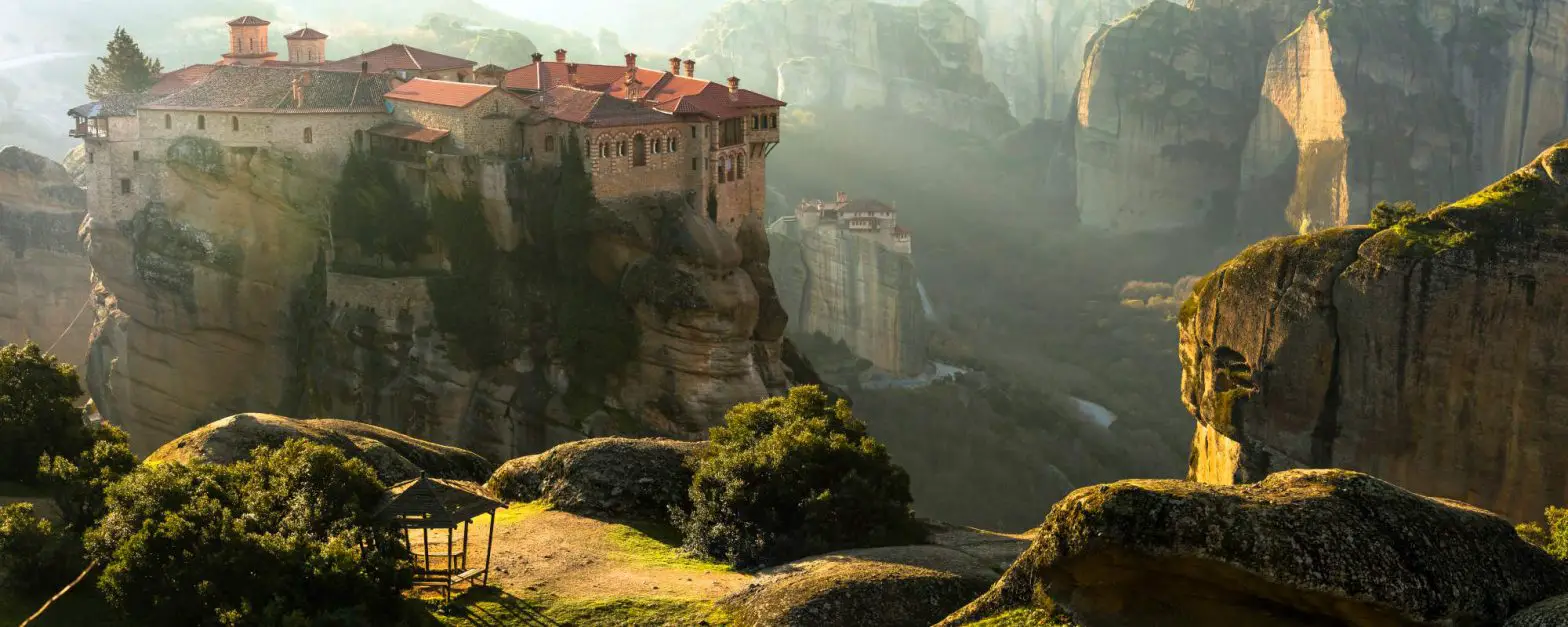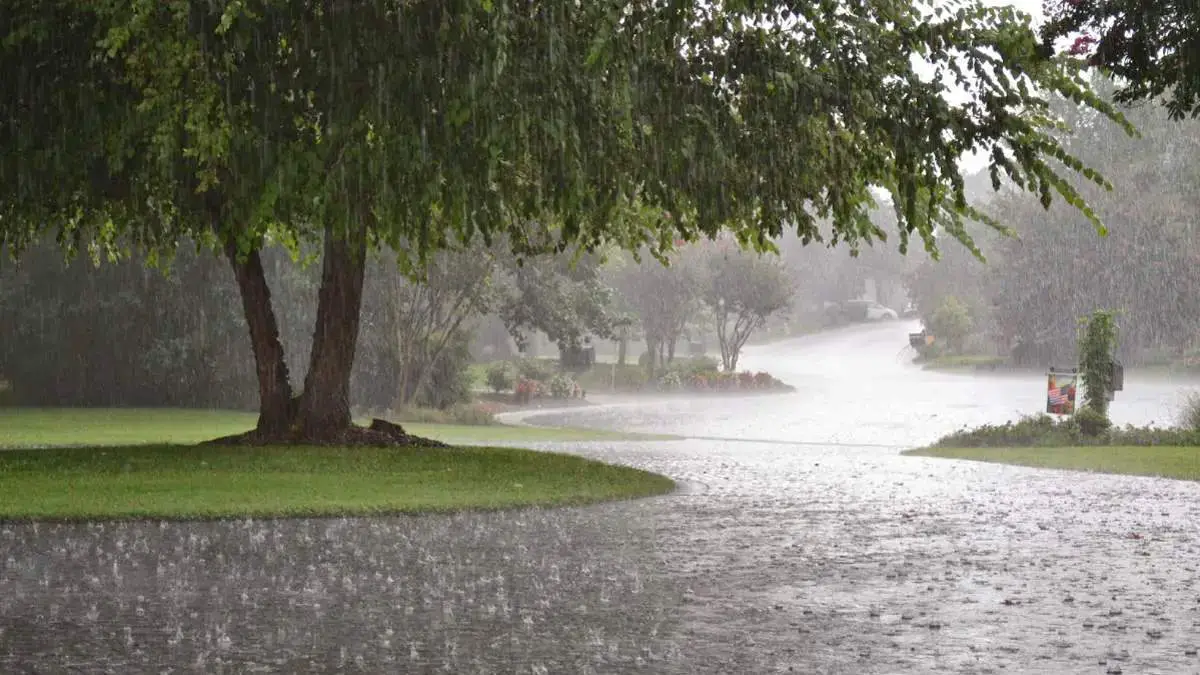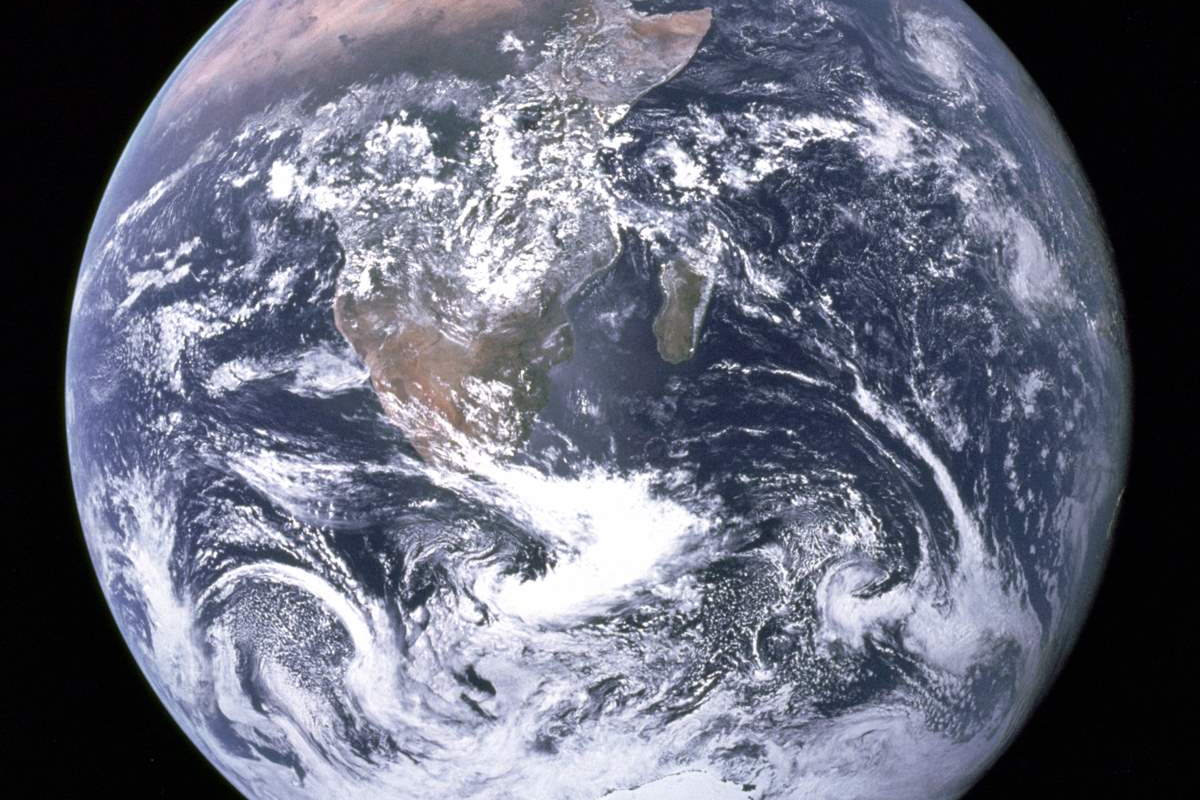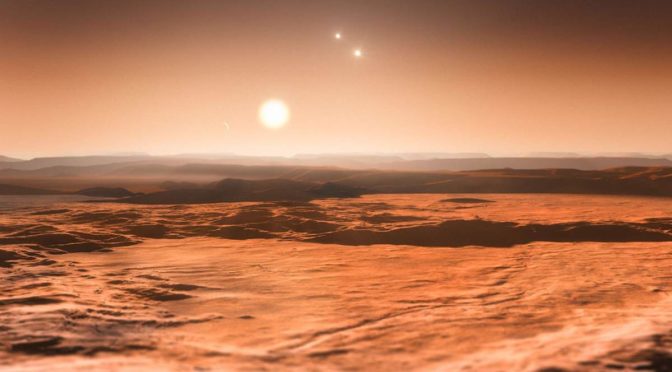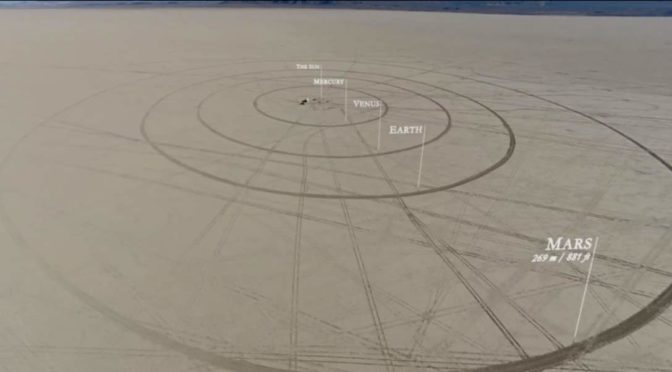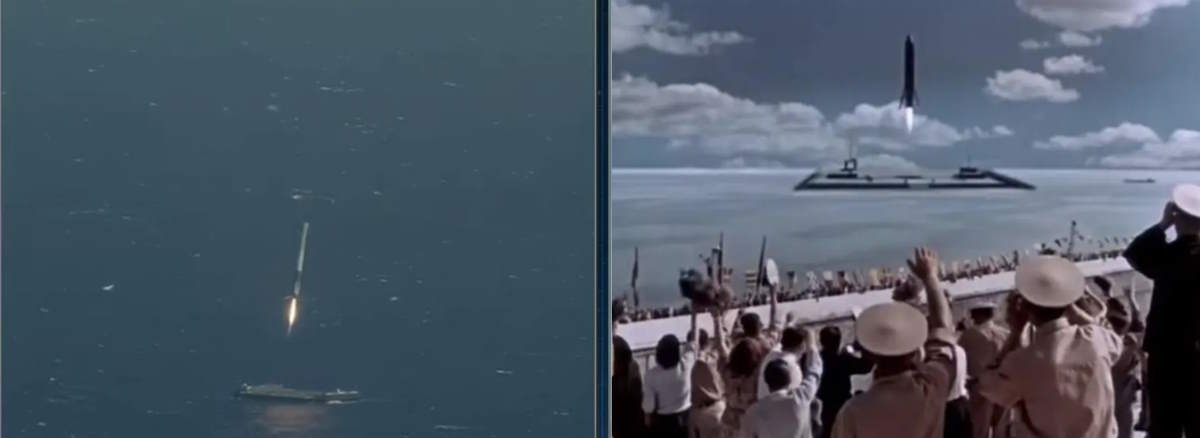Hidden deep within the enchanting Kromlau Park in Saxony, Germany, lies a whimsical gem that seems plucked from the pages of a storybook. Rakotzbrücke, also known as the Devil’s Bridge, is a breathtaking architectural marvel that captivates visitors with its otherworldly beauty and seemingly impossible symmetry. This extraordinary bridge, constructed in the 19th century, showcases a delicate balance between human ingenuity and the ethereal wonders of nature, creating an atmosphere that transports visitors into a realm where reality and fantasy intertwine. Whether you are an ardent traveler seeking hidden gems or simply a lover of picturesque landscapes, Rakotzbrücke promises an unforgettable experience that will leave you spellbound and yearning for more.
![The Arch Bridge in Kromlau, Germany: Rakotzbrücke [Rakotz Bridge]](https://cdn-0.ourplnt.com/wp-content/uploads/2016/07/Rakotz-Bridge-arch-bridge-in-Kromlau-Germany.jpg)
